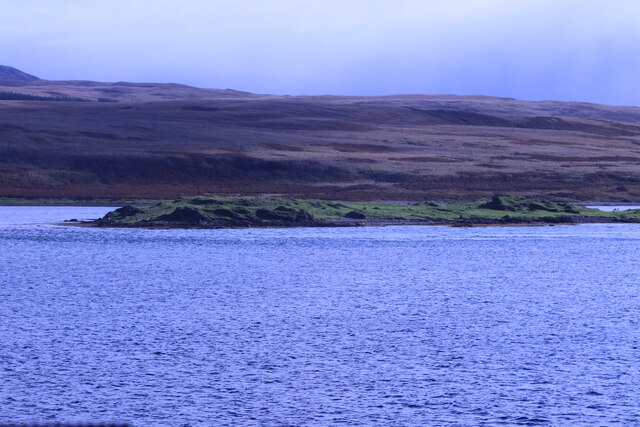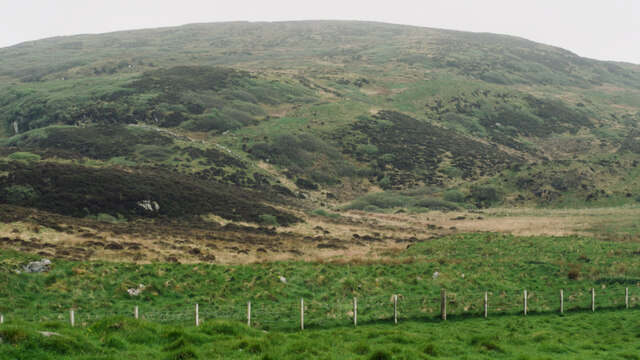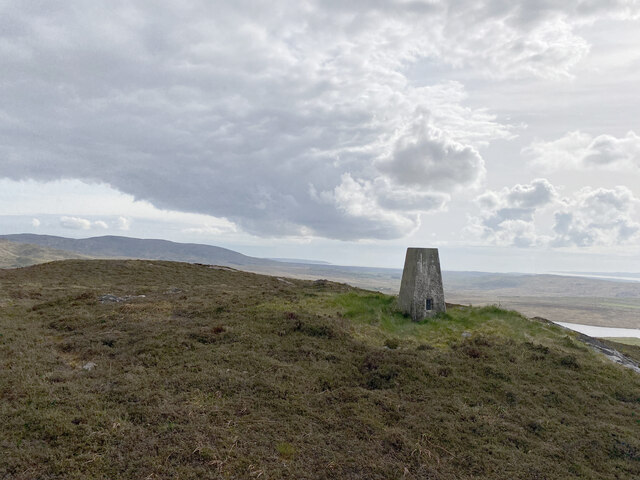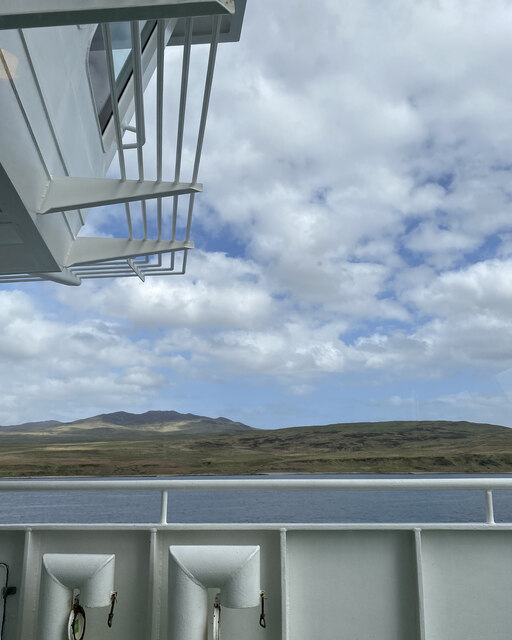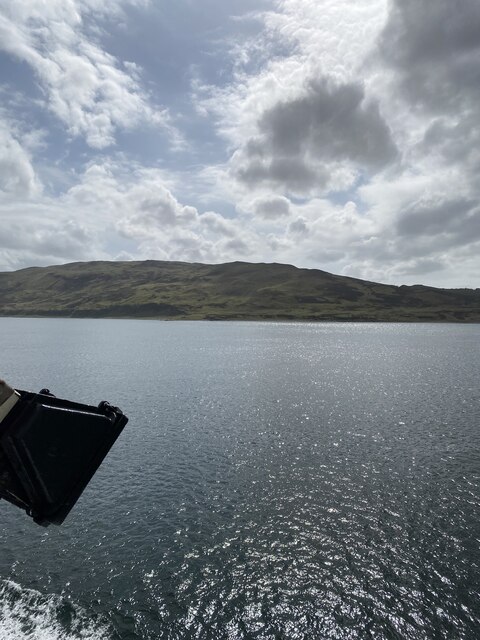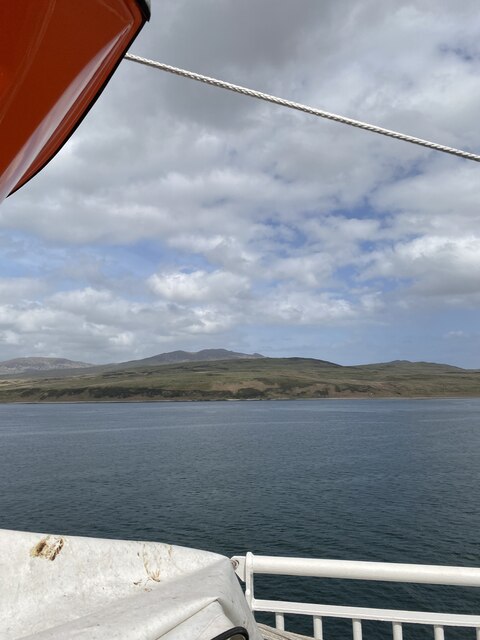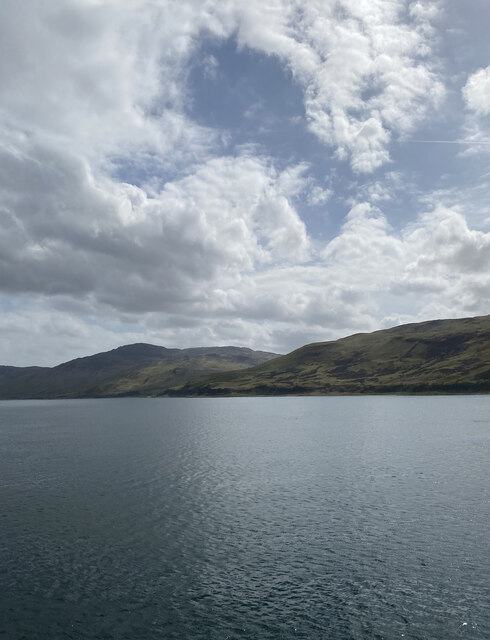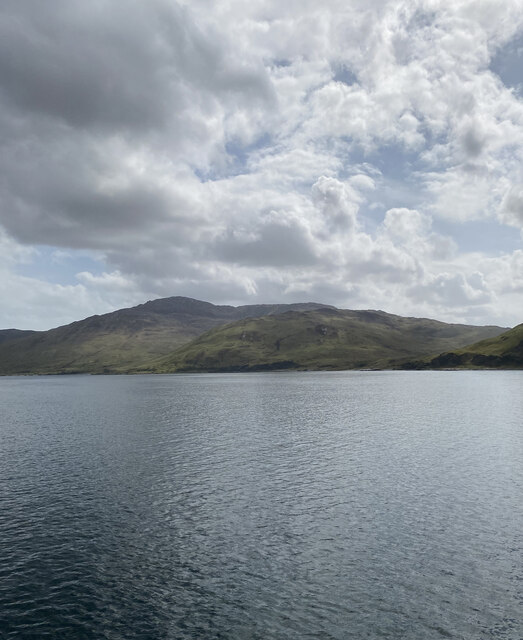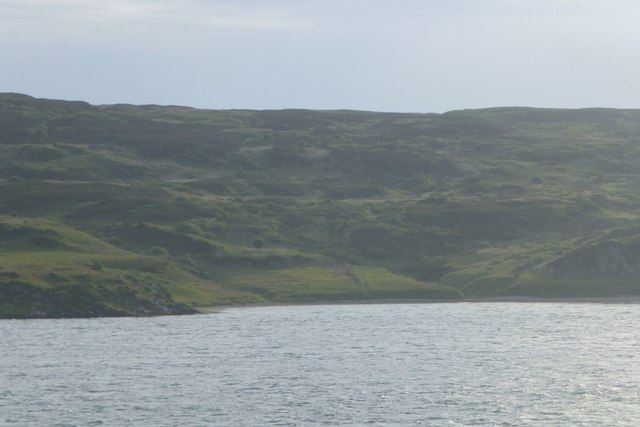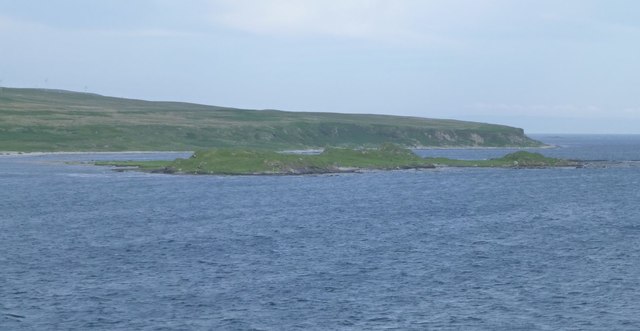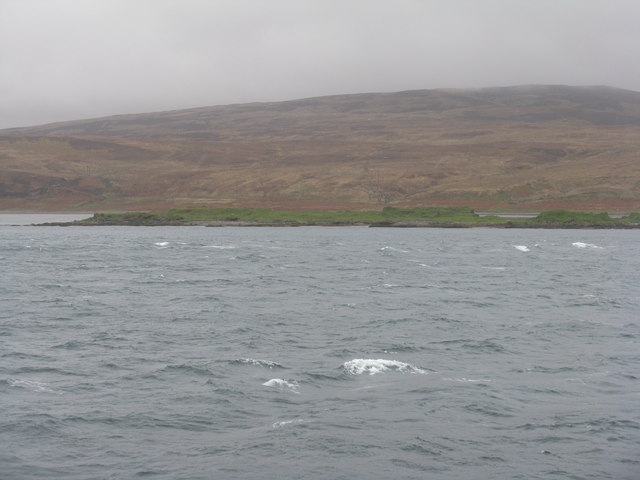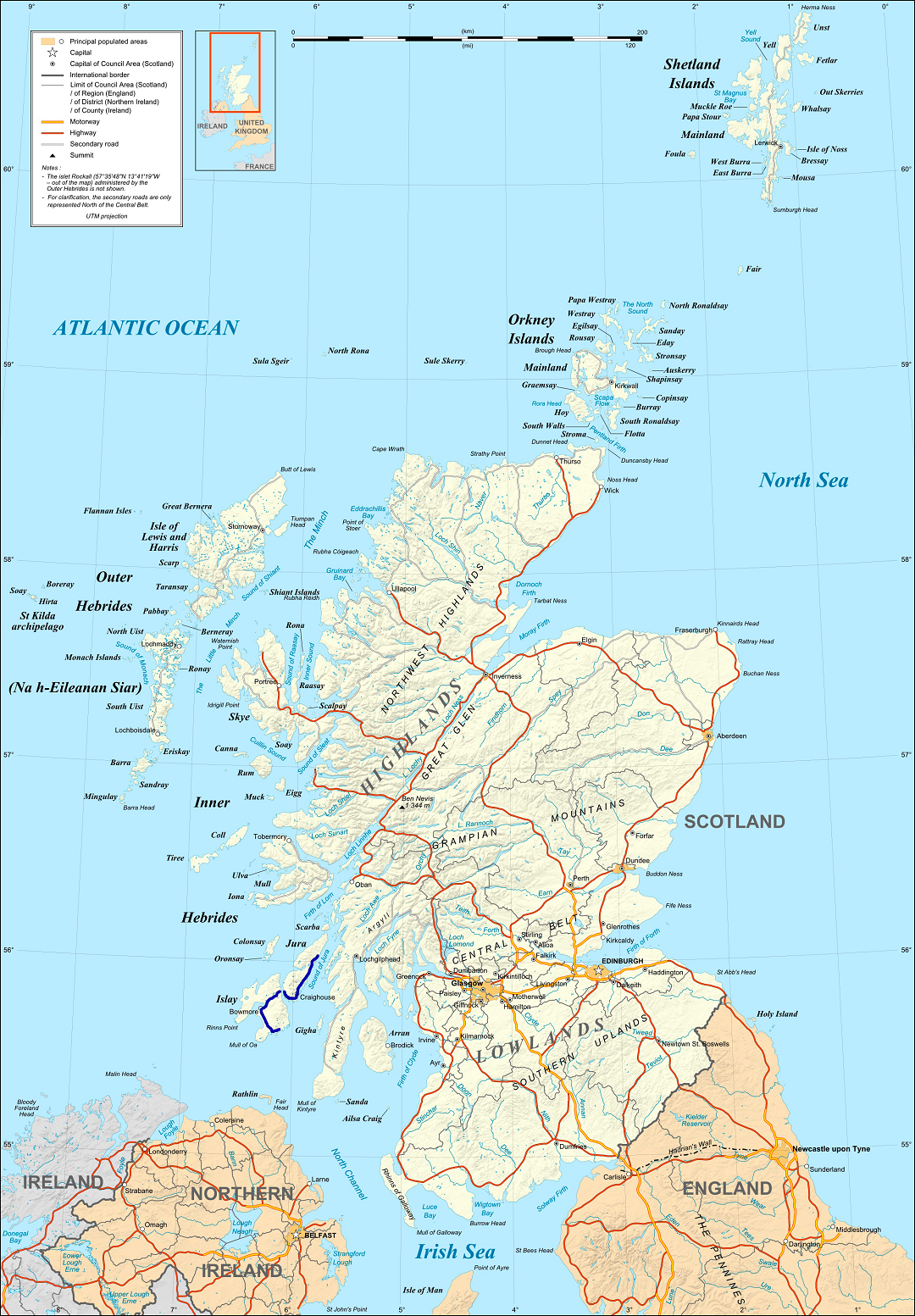Rubha na Tràighe Bàine
Coastal Feature, Headland, Point in Argyllshire
Scotland
Rubha na Tràighe Bàine
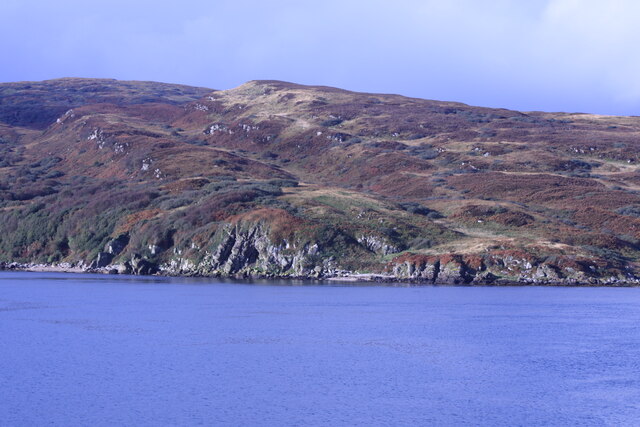
Rubha na Tràighe Bàine is a prominent coastal feature located in Argyllshire, Scotland. This headland, also known as the Point of the White Strand, juts out into the Atlantic Ocean, offering breathtaking views of the surrounding landscape.
The headland is characterized by its rugged and rocky terrain, with steep cliffs that descend into the sea below. These cliffs provide nesting sites for various seabirds, including gannets and puffins, making it a popular spot for birdwatchers and nature enthusiasts. The area is also home to a diverse range of plant species, such as heather and sea thrift, adding a splash of vibrant color to the coastal landscape.
Rubha na Tràighe Bàine offers visitors a chance to immerse themselves in the natural beauty of the Scottish coastline. The crashing waves and the sound of seagulls create a serene and tranquil atmosphere, perfect for those seeking a peaceful retreat or a leisurely stroll along the shoreline. Fishing is also a common activity in the area, with locals and tourists alike trying their luck in the abundant waters.
In addition to its natural beauty, the headland holds historical significance. Ruins of an ancient fort can be found on the headland, serving as a reminder of the area's rich past. The fort is believed to have been built by the Picts, an ancient Celtic people, and offers a glimpse into the region's ancient history.
Overall, Rubha na Tràighe Bàine is a captivating coastal feature that combines stunning natural scenery with a rich cultural heritage, making it a must-visit destination for anyone exploring the Argyllshire region of Scotland.
If you have any feedback on the listing, please let us know in the comments section below.
Rubha na Tràighe Bàine Images
Images are sourced within 2km of 55.814061/-6.1037893 or Grid Reference NR4365. Thanks to Geograph Open Source API. All images are credited.
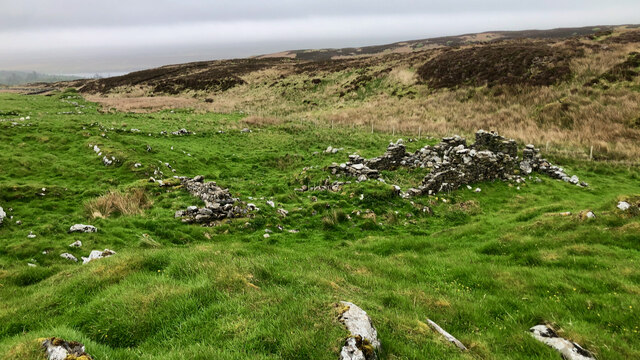
Rubha na Tràighe Bàine is located at Grid Ref: NR4365 (Lat: 55.814061, Lng: -6.1037893)
Unitary Authority: Argyll and Bute
Police Authority: Argyll and West Dunbartonshire
What 3 Words
///cable.narrowest.sandals. Near Ballygrant, Argyll & Bute
Nearby Locations
Related Wikis
A846 road
The A846 road is one of the two principal roads of Islay in the Inner Hebrides off the west coast of mainland Scotland and the only 'A' road on the neighbouring...
Dunlossit House
Dunlossit House is a Category C listed country house near Port Askaig, Islay in the county of Argyll, in western Scotland.. == History and architecture... ==
Ballygrant
Ballygrant (Scottish Gaelic: Baile a' Ghràna) is a small village on the Inner Hebrides island of Islay of the western coast of Scotland. The village is...
Port Askaig
Port Askaig (Scottish Gaelic: Port Asgaig) is a port village on the east coast of the island of Islay, in Scotland. The village lies on the Sound of Islay...
Sound of Islay
The Sound of Islay (Scottish Gaelic: Caol Ìle) is a narrow strait between the islands of Islay and Jura off the west coast of Scotland. It is about 30...
Feolin
Feolin (also known as Feolin Ferry) is a slipway on the west coast of Jura. MV Eilean Dhiura provides a vehicle and passenger ferry service from Port Askaig...
Dun Guaidhre
Dun Guaidhre, also known as Dùn Ghùaidhre, is an Iron Age fort southwest of Kilmeny, Islay, Scotland. It is protected as a scheduled monument.Local tradition...
Caol Ila distillery
Caol Ila distillery (; Scottish Gaelic: Taigh-staile Chaol Ìle [t̪ʰəˈs̪t̪alə xɯːlˈiːlə], "Sound of Islay Distillery") is a Scotch whisky distillery near...
Nearby Amenities
Located within 500m of 55.814061,-6.1037893Have you been to Rubha na Tràighe Bàine?
Leave your review of Rubha na Tràighe Bàine below (or comments, questions and feedback).
